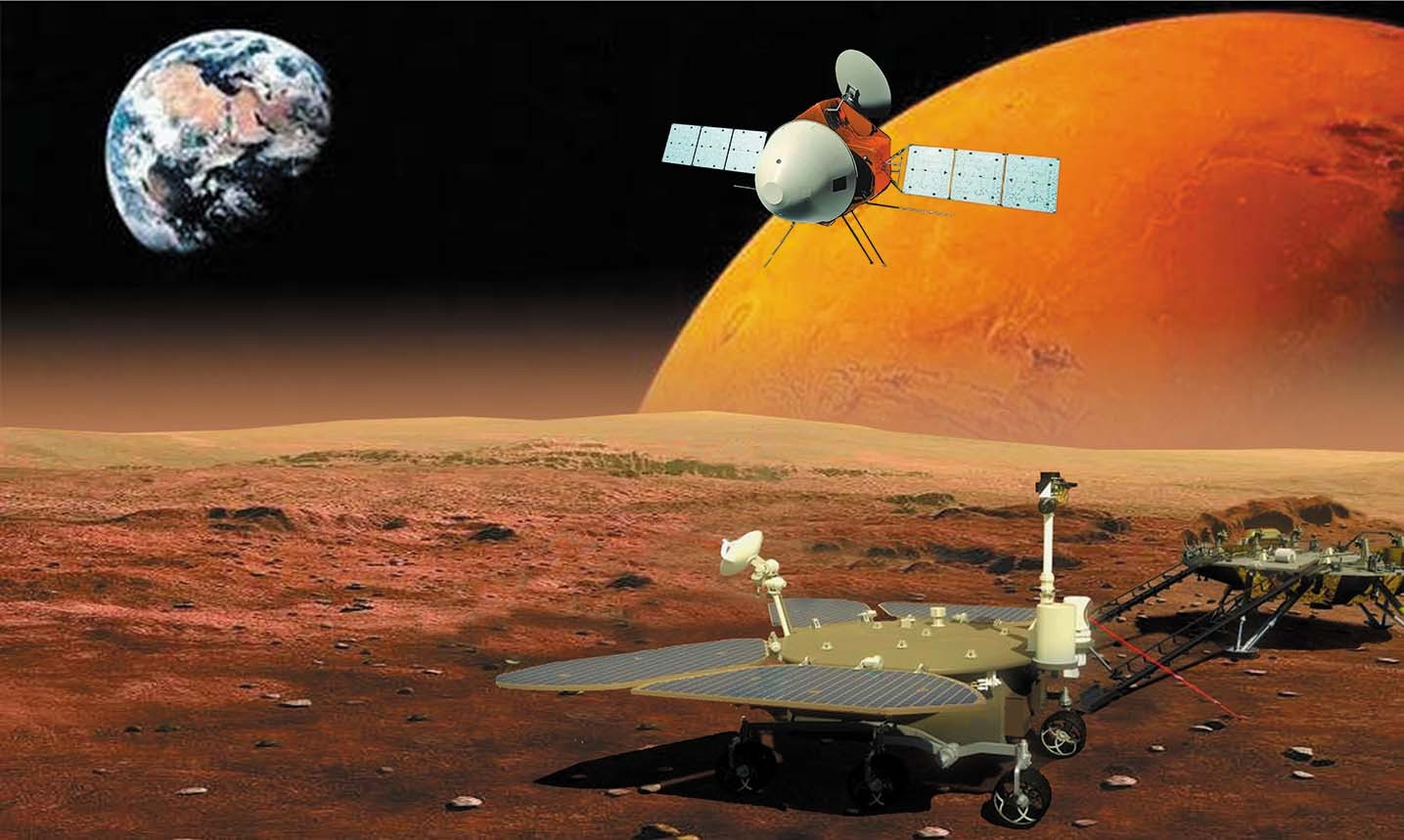Journey to Mars
Posted by Olympiad Tester on

Fact 1. Interplanetary Travel Challenge: The journey to Mars is a complex feat, with the distance between Earth and Mars varying from 54.6 million kilometers (33.9 million miles) to over 401 million kilometers (249 million miles) during different points in their orbits.
Fact 2. Launch Windows: Mars missions are carefully timed to take advantage of "launch windows" – specific timeframes when the alignment of Earth and Mars allows for more efficient travel, reducing travel time and fuel requirements.
Fact 3. Mars Rovers: Rovers like Spirit, Opportunity, and Curiosity paved the way for human exploration by studying Martian geology, climate, and the potential habitability of the planet.
Fact 4. InSight's Seismic Investigations: NASA's InSight lander, launched in 2018, carries seismometers to study Martian earthquakes (marsquakes) and provide insights into the planet's interior structure.
Fact 5. Perseverance Rover's Search for Life: The Perseverance rover, equipped with advanced scientific instruments, aims to search for signs of past microbial life and collect samples for potential return to Earth.
Fact 6. Mars Atmosphere Entry: Entry into Mars' thin atmosphere poses challenges due to the planet's thin air. Specialized heat shields and parachutes are crucial for a safe descent and landing.
Fact 7. Mars Helicopter Ingenuity: The Ingenuity helicopter, carried by the Perseverance rover, successfully demonstrated powered flight in the thin Martian atmosphere, opening possibilities for aerial exploration.
Fact 8. International Collaboration: Space agencies worldwide, including NASA (United States), ESA (European Space Agency), Roscosmos (Russia), and others, collaborate on Mars missions, fostering global cooperation in space exploration.
Fact 9. Human Mission Planning: Ambitious plans for human missions to Mars involve overcoming challenges such as prolonged space travel, life support systems, and adapting to the harsh Martian environment.
Fact 10. SpaceX's Starship: Private companies like SpaceX envision using innovative spacecraft like the Starship for crewed missions to Mars, aiming to make space travel more accessible and sustainable for future exploration.
